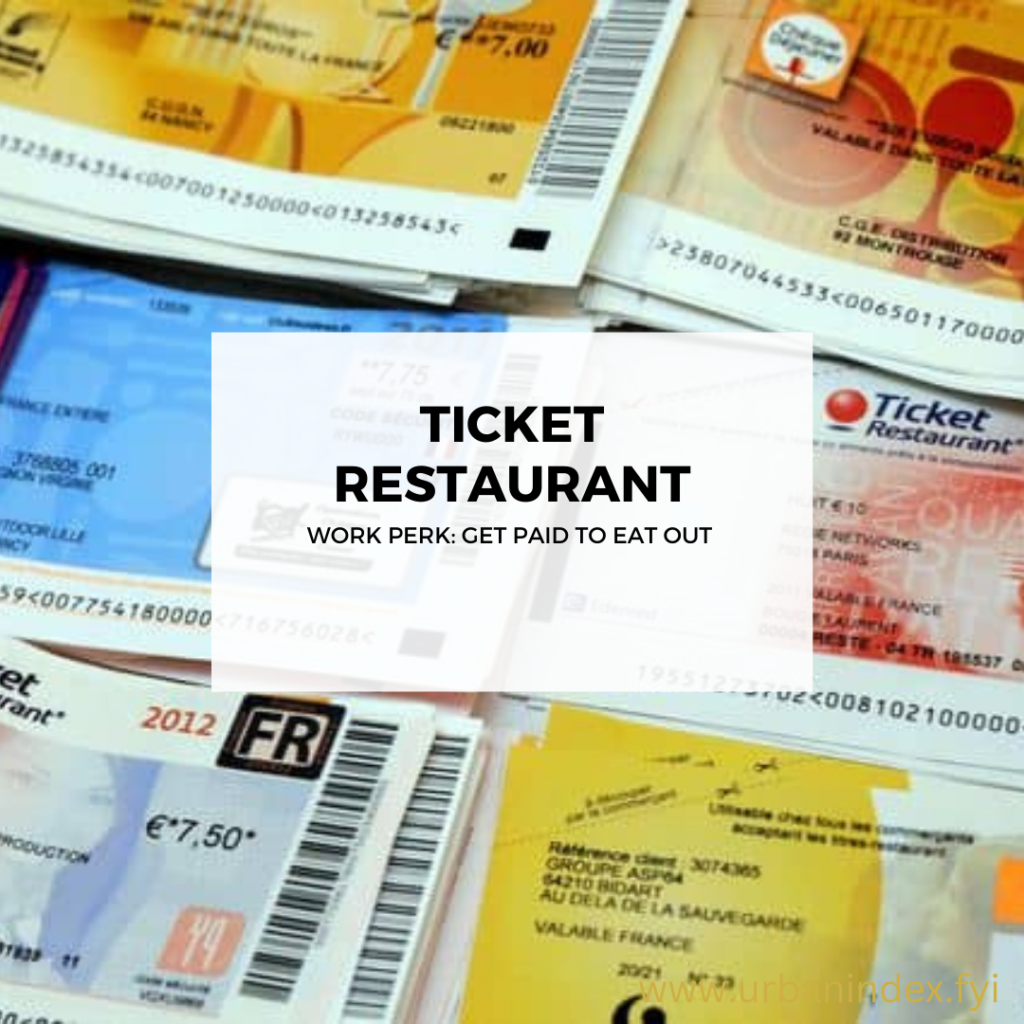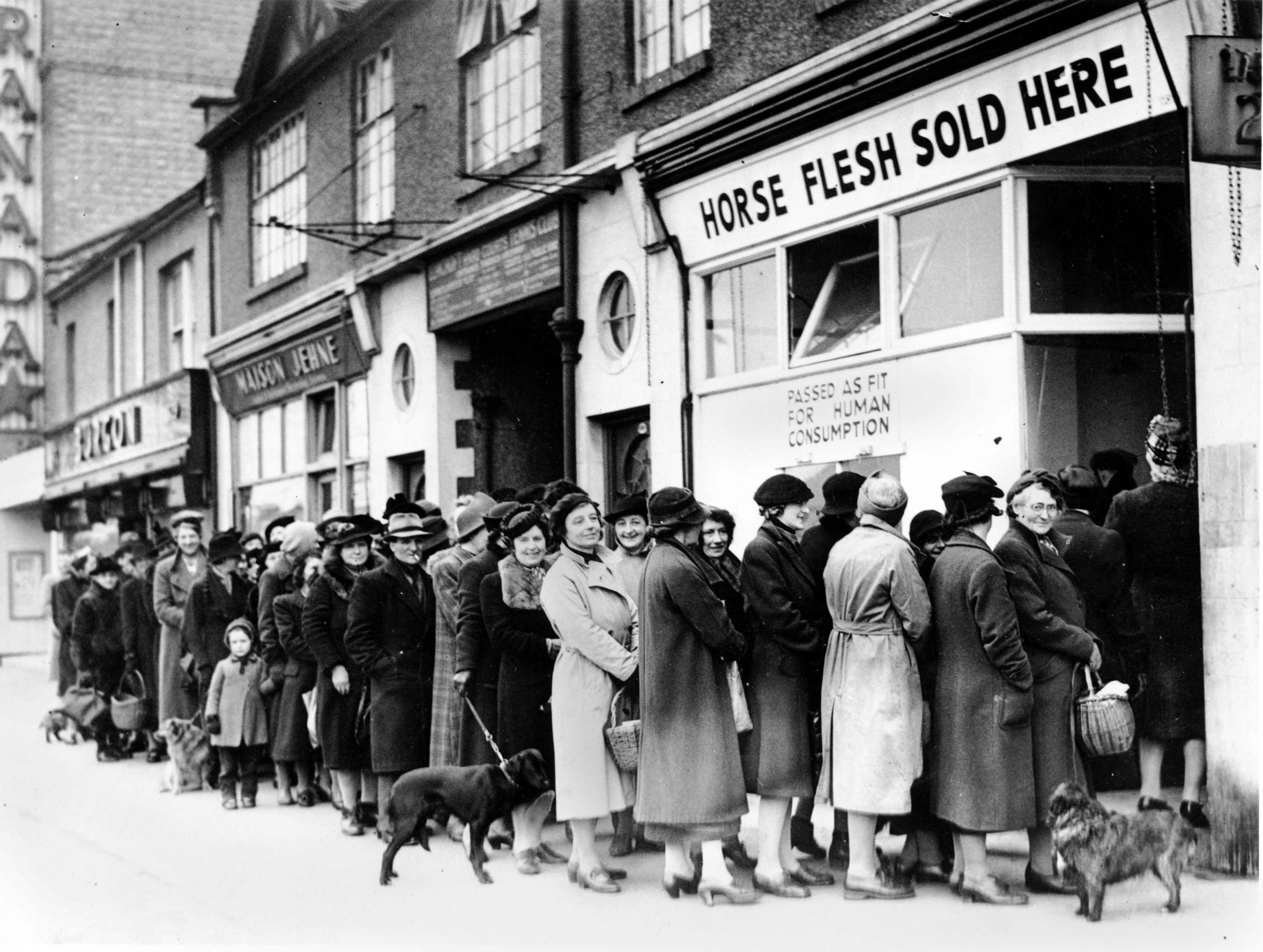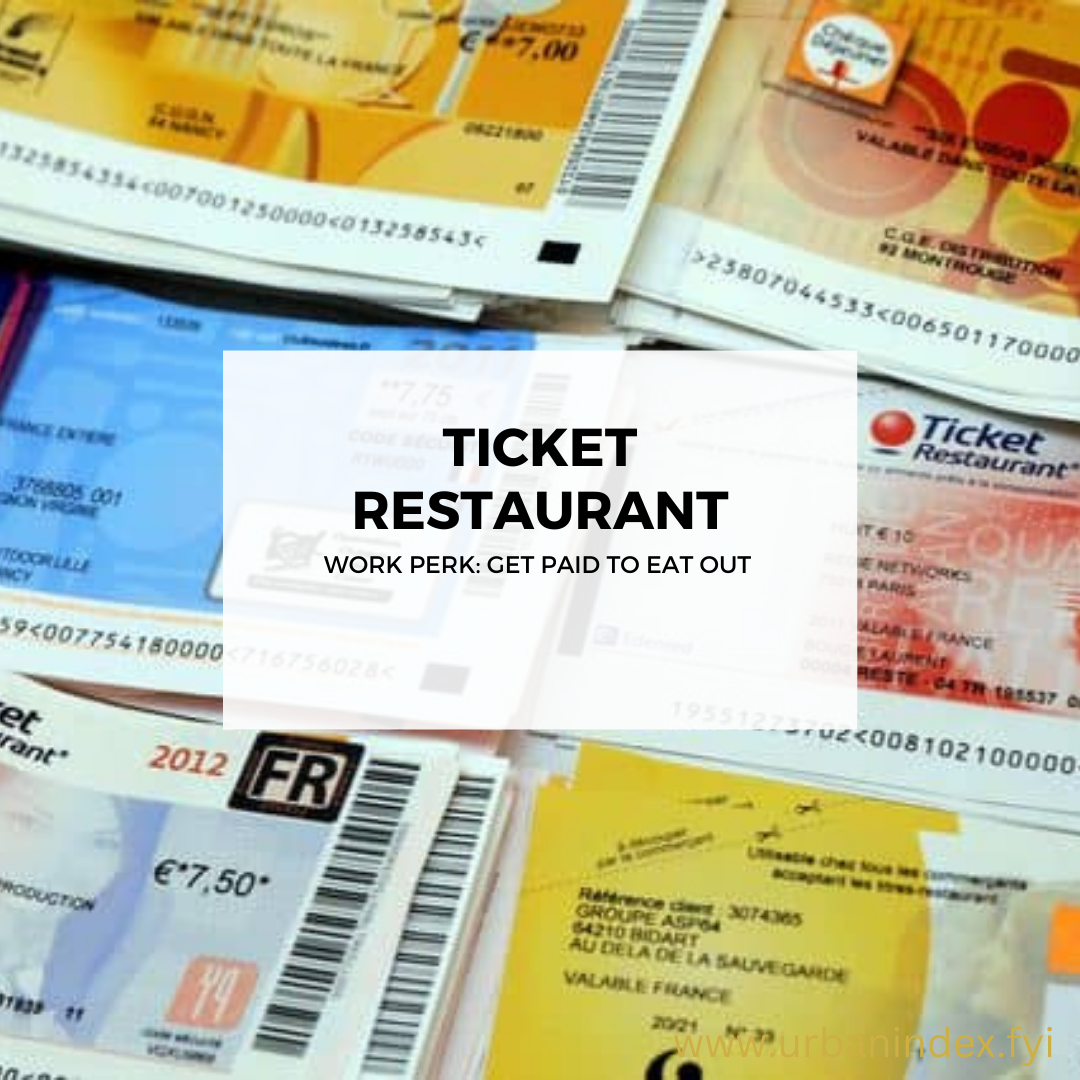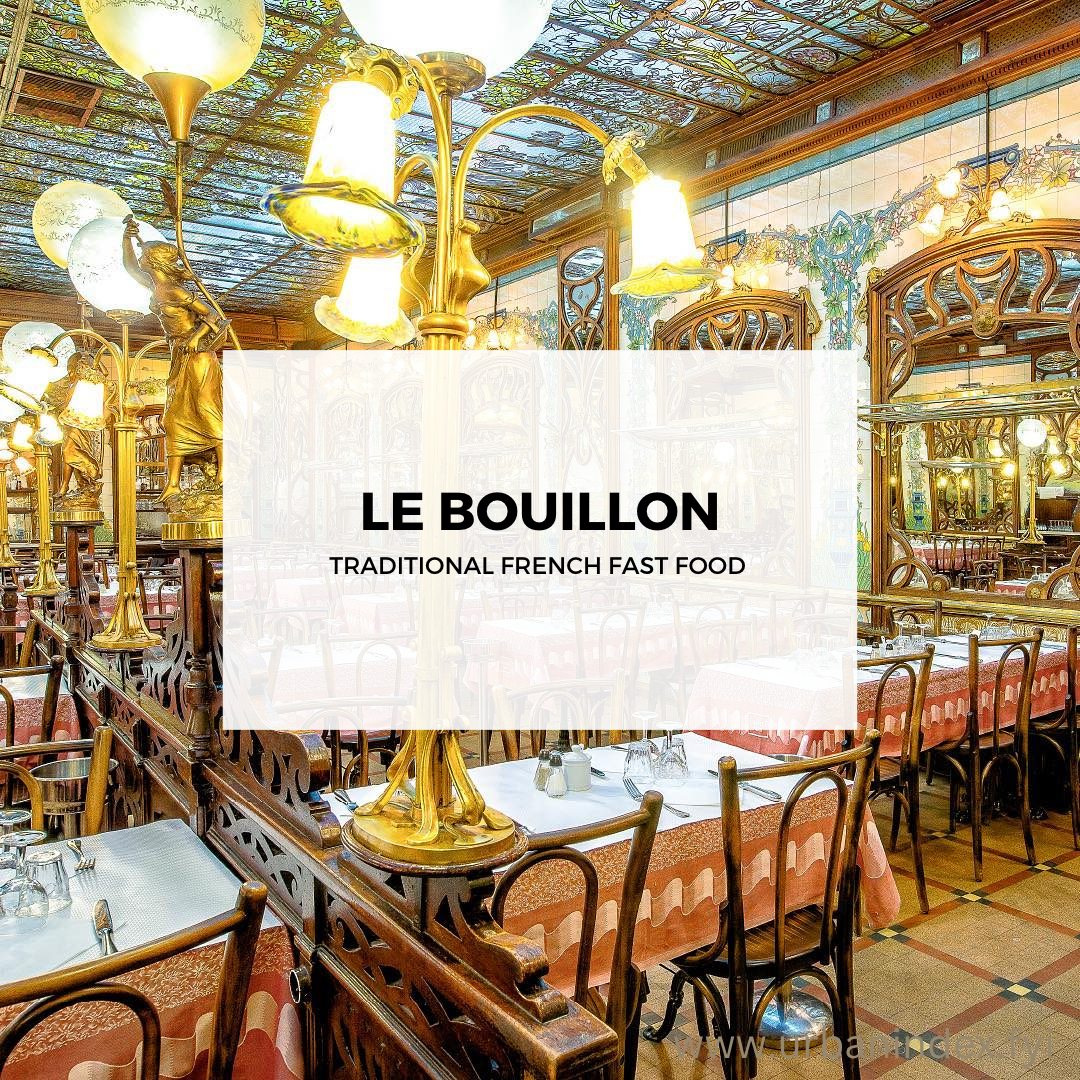
What are tickets restaurants ?
Restaurant tickets or tickets resto, also known as “tickets restaurants” is a payment to provide a meal benefit to employees. France introduced them in the 1950s as a way for companies to provide their employees with tax-free benefits. Originally paper vouchers, today they are often provided in the form of magnetic stripe cards that are similar to debit cards such as Swile or Edenred..
Created in 1946 in the United Kingdom, when food rationing was still in force following the end of the war, the British government granted an extra-statutory tax concession. They believed that this would help citizens afford healthy meals. A “Luncheon Voucher” was a paper ticket used by employees so they could pay for meals in private restaurants. It allowed companies to subsidise midday meals for their employees without having to run their own canteens. Luncheon Vouchers were free of income tax and national insurance contributions up to the value of 3 shillings (15 pence) a day under this concession.

Origin in France :
The origin of French restaurant ticket is traced back to the post-World War II period. The French government introduced measures to support the country’s rebuilding efforts. Many companies were struggling to retain their employees at the time. They often left to work for competitors offering better benefits. To address this problem, the government introduced tax exemptions for meal benefits. Provided by employers, it helped companies compete for talent and retain their employees.
Tickets Restaurant today:
Today, restaurant tickets are used by millions of employees in France. They are accepted by tens of thousands of restaurants and other food-related establishments throughout the country. They can be used to purchase meals, snacks, and drinks. typically ticket resto are provided as part of an employee’s overall compensation package. Tickets can also be used to purchase food items at grocery stores and supermarkets. This makes them a convenient and flexible form of payment.

Who gets Tickets Restaurant?
There is no specific set of rules for who can receive tickets resto in France and it depends of the company policy, if they want to issue them to employees or not.
They are provided to employees who are working at least six hours a day and are therefore considered full-time employees. Some companies may also offer them to part-time employees or to employees who work from home. To use restaurant tickets, simply present them at the point of sale, just as with any other form of payment.
Are there restrictions?
It is worth noting that the use of restaurant tickets is subject to certain restrictions. For example, they cannot be used to purchase alcohol, and they may not be used to purchase certain types of food items, such as tobacco products or non-food items. Additionally, they may not be used to purchase food items that are considered to be luxury items, such as caviar or truffles.

